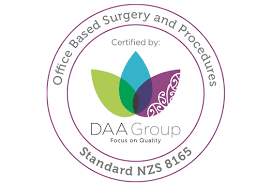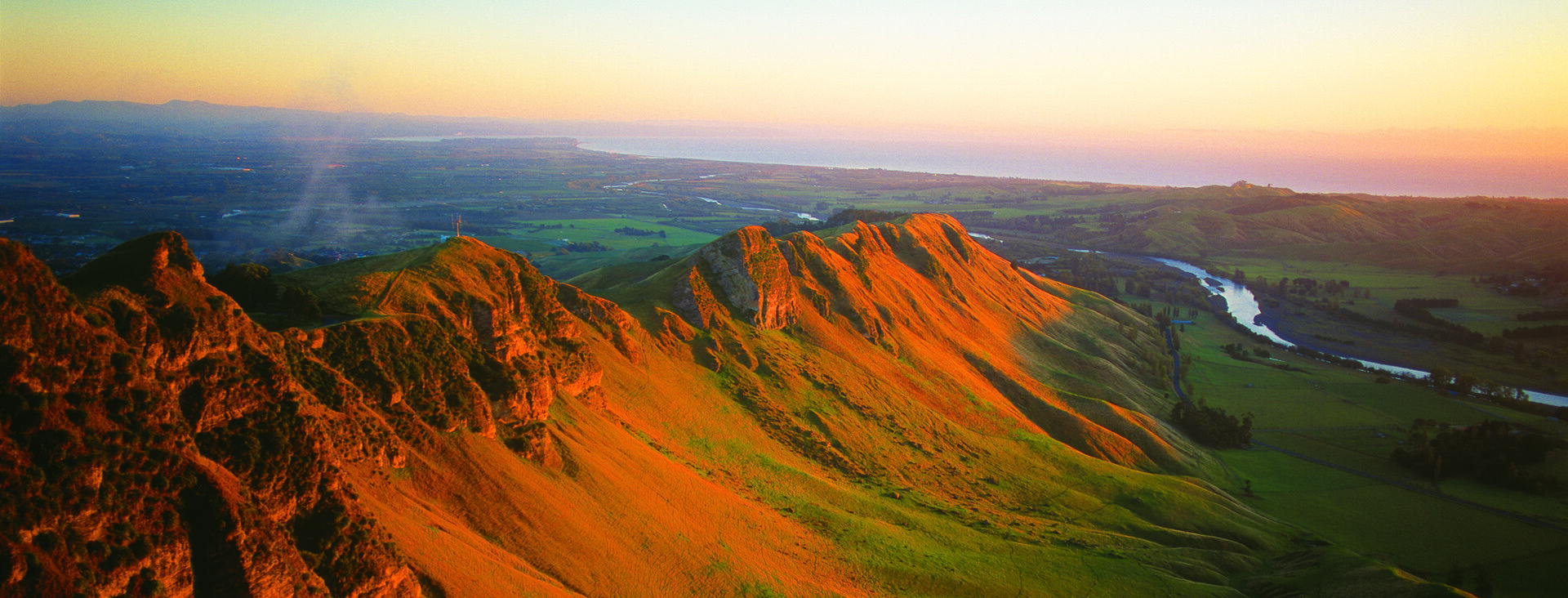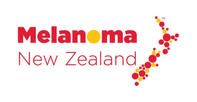What is skin cancer?
Skin cancer is the uncontrolled growth of abnormal skin cells.
It is very common in New Zealand and it is estimated that skin cancers account for 80% of all new cancers in NZ every year.
There are many different types of skin cancer. The three most common are melanoma, basal cell carcinoma (BCC), and squamous cell carcinoma (SCC).
Skin is made of tiny ‘building blocks’ called cells, and skin cancers are named after the cells they originate from. These cells can become cancerous when they have been damaged, for example, by ultraviolet (UV) radiation from the sun.
A growing problem
- New Zealand and Australia have the highest rates of skin cancer, including melanoma, in the world.
- Approximately 50% of all Kiwis will get a skin cancer in their lifetime.
- There are different types of skin cancer, melanoma being the most serious.
- Over 4000 people are diagnosed with melanoma every year in New Zealand
- Over 350 Kiwis die of melanoma every year.
Statistics sourced from the Ministry of Health and the New Zealand Guidelines Group.
Melanoma
Melanoma is the most serious type of skin cancer. It can spread rapidly and can be life-threatening if left untreated. Unfortunately, New Zealand has one of the highest rates of melanoma in the world, and around 350 Kiwi's die from melanoma every year.
What is melanoma?
Melanoma develops from skin cells called melanocytes. These are found in the deeper layers of the skin and produce a protein called melanin. Melanin protects the skin by absorbing harmful ultraviolet (UV) radiation.
Most melanoma are a result of previous exposure to UV radiation from the sun, usually in ones youth or early adulthood e.g, sunbathing, working outdoors, outdoors activities. Sun exposure and sunburn during these years greatly increases the chance of getting melanoma later in life.
Treatment
The best chance of cure from melanoma is to catch it early. If it is found and treated in the early stages, it is usually curable by simply removing (excising) it. However once advanced, melanoma remains very difficult to treat and can be deadly.
It is very important to get checked early if you are worried about a mole that is changing shape, colour, size or outline, or one that stands out as different from your others.
For more information on melanoma please visit: Melanoma - Dermnet
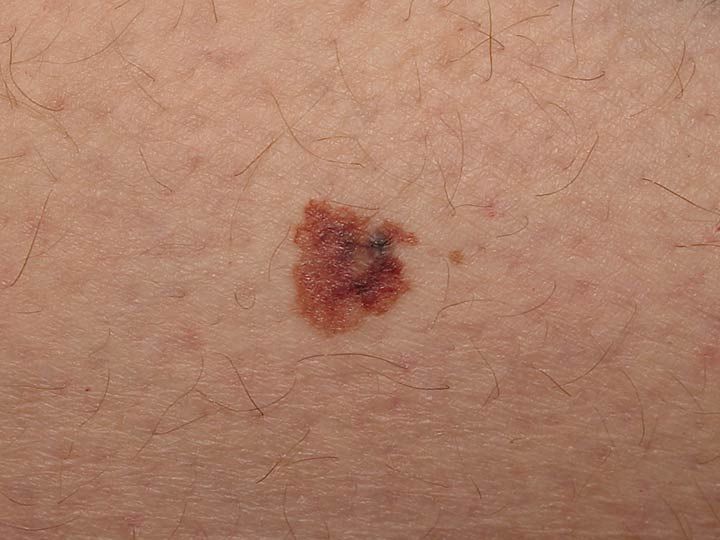
Basal Cell Carcinoma (BCC)
Basal cell carcinoma (BCC) is the most common skin cancer in New Zealand. Approximately 40% of New Zealanders will develop a basal cell carcinoma requiring treatment.
It can present in a number of ways from a non-healing sore or scaly patch of skin, to a pearly skin lump with blood vessels on the surface. It generally grows slowly over months, and if left untreated will continue to grow into and invade surrounding tissues (eg nose, ear, eyelids). Basal cell cancers rarely spread to other parts of the body and thus, rarely cause death, although they can and do result in considerable discomfort, disfigurement and scarring.
Treatments
There are a number of effective treatment options including surgical removal, liquid nitrogen and topical creams.
For more information and pictures please visit: Basal Cell Carcinoma - Dermnet NZ
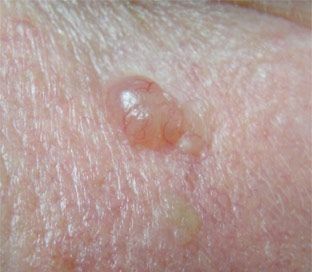
Squamous Cell Carcinoma (SCC)
Squamous cell carcinoma (SCC) is the second most common type of skin cancer in New Zealand.
It usually presents as a pink, scaly or crusty lump on sun-damaged skin, commonly on the face, scalp, arms and legs. They tend to grow much more quickly than BCC (above) and can be tender.
Treatment
Squamous cell carcinoma is easily treated if found early, usually by surgical excision. More aggressive SCC can however spread to other parts of the body (metastasise) and can sometimes be fatal.
For more information and pictures please visit : Squamous Cell Carcinoma - Dermnet
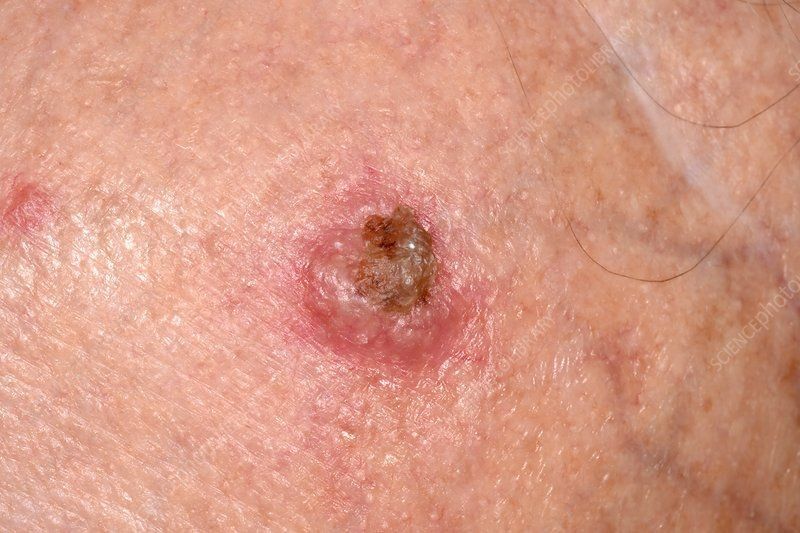
Risk factors
- Personal history of skin cancer / melanoma
- Family history of skin cancer / melanoma
- Fair skin
- Red, orange or blonde hair
- Multiple moles
- Past history of sun exposure e.g. outdoor work or activities
- Sunburn at any age increases risk of melanoma in later life
- Sunbed use
Prevention
Protect your skin against the suns damaging UV radiation:
- Slip on a shirt
- Slip into the shade
- Slop on sunscreen
- Slap on a hat
- Wrap on some sunglasses
For more information about sun protection please visit the SunSmart NZ website.
Patient Resources
Useful Websites
Dermnet NZ - New Zealand based dermatology website
Melanoma New Zealand - NZ charity organisation
MelNet - The Melanoma Network of NZ
Cancer Society NZ
Scan Your Skin - further information on skin cancer risk and assessment
SunSmart NZ
